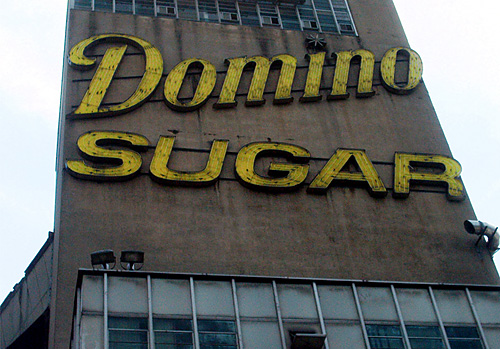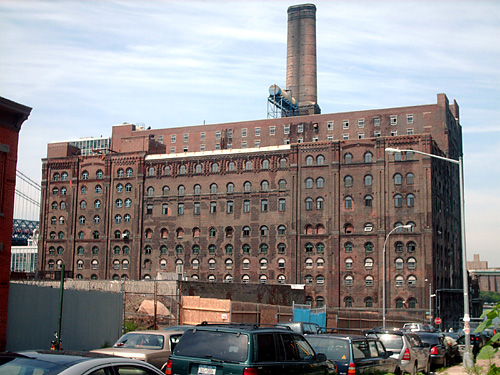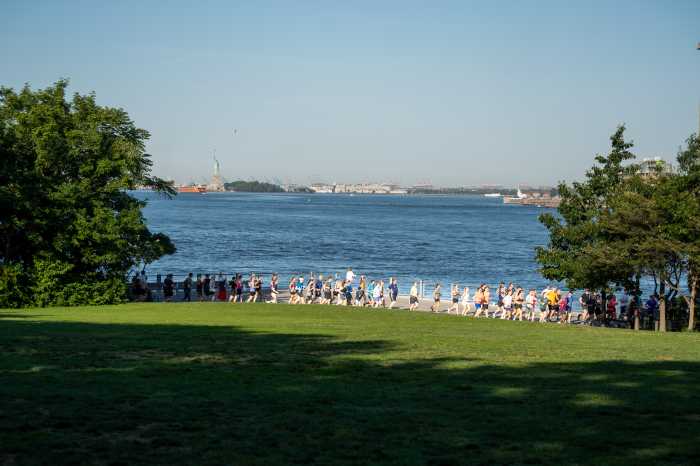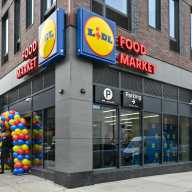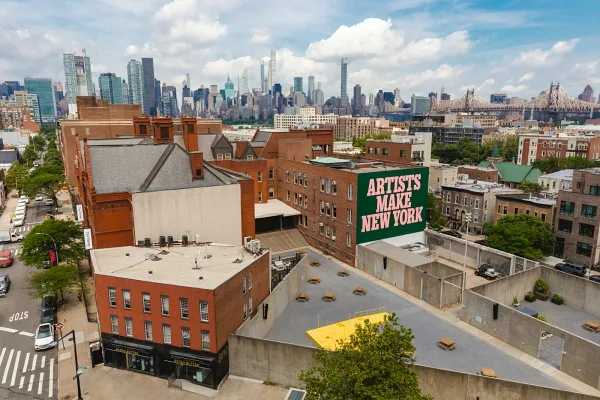The old Domino Sugar refinery on the Williamsburg waterfront will be transformed into a stylish complex featuring 2,220 units of housing, commercial space and four acres of public park — though the $1.3-billion development plan unveiled this week would require the demolition of some historic structures, possibly including the site’s iconic “Domino Sugar” sign.
Developer Michael Lappin summoned the press corps to the 11.2-acre waterfront site along Kent Avenue between Grand and South Fifth streets on Tuesday to show off the Rafael Vinoly-designed master plan.
The highlights included a promise that 660 of the apartment units would be below-market rate, with some set aide for seniors; 120,000 square feet of retail space; and “a five-block waterfront esplanade open to all and a connection to Grand Ferry Park,” Lappin said.
“This is the first time … that this part of the waterfront will be open to the public,” he added.
The plan would require several 19th-century buildings, including the Adant House at the corner of South Fifth Street and Kent Avenue, to be razed. As such, it did not please everyone, including some preservationists who believe the entire site should be landmarked.
Vinoly would preserve and reuse only the Filter House/Pan House/Finishing House buildings, a brick structure that abuts Kent Avenue between South Second and South Third streets. The building will house “retail shops, apartments and community and cultural facilities,” Lappin said. But it won’t be easy, according to Trevor Atwell, a Vinoly architect.
“We were surprised to find that the structure was so non-viable,” he said. “Basically, in order to preserve the façade, we will have to spend $50 million to scoop out the insides and build an entirely new structure to support it.”
Less clear is what will happen to the famous neon “Domino Sugar” sign. Lappin said only that preserving the sign was “under study.”
The project will require a zoning change to allow for residential development on land that is currently zoned for manufacturing. The Department of City Planning will take up the issue on July 31, the kickoff to what is expected to be a year-long battle.
